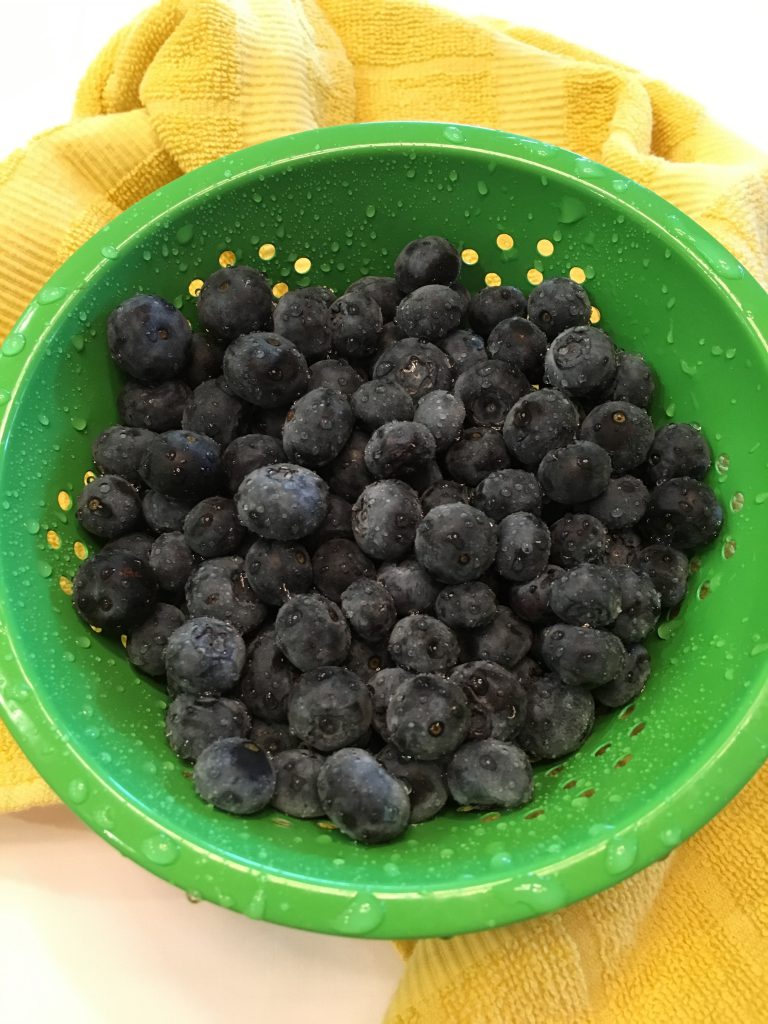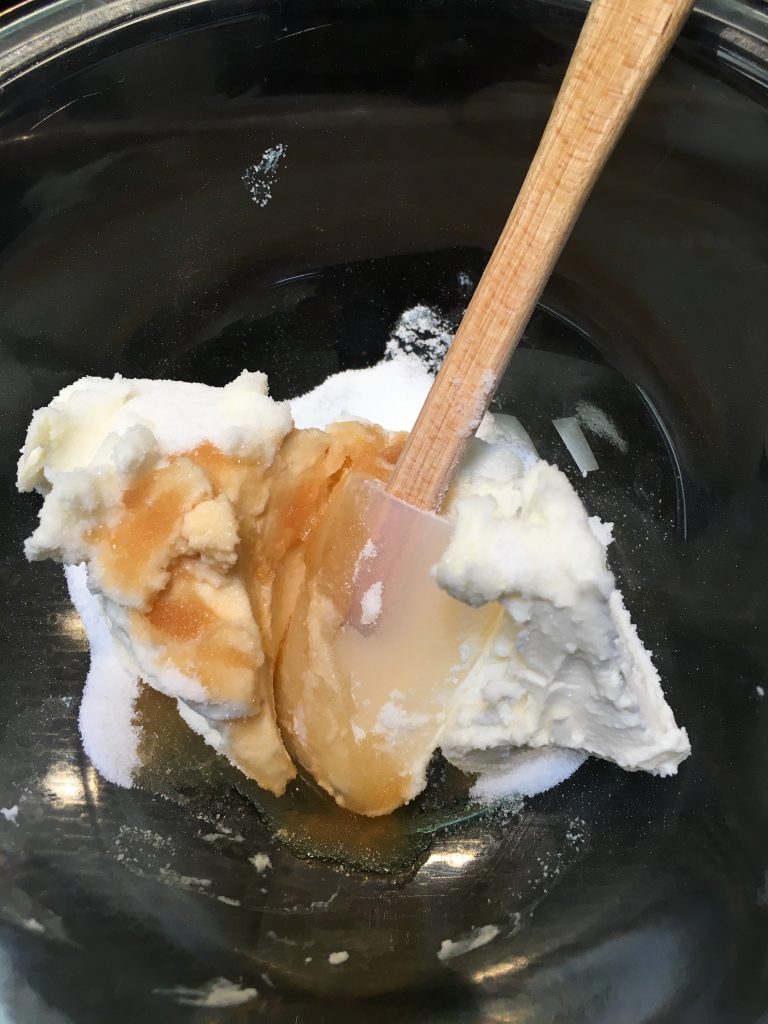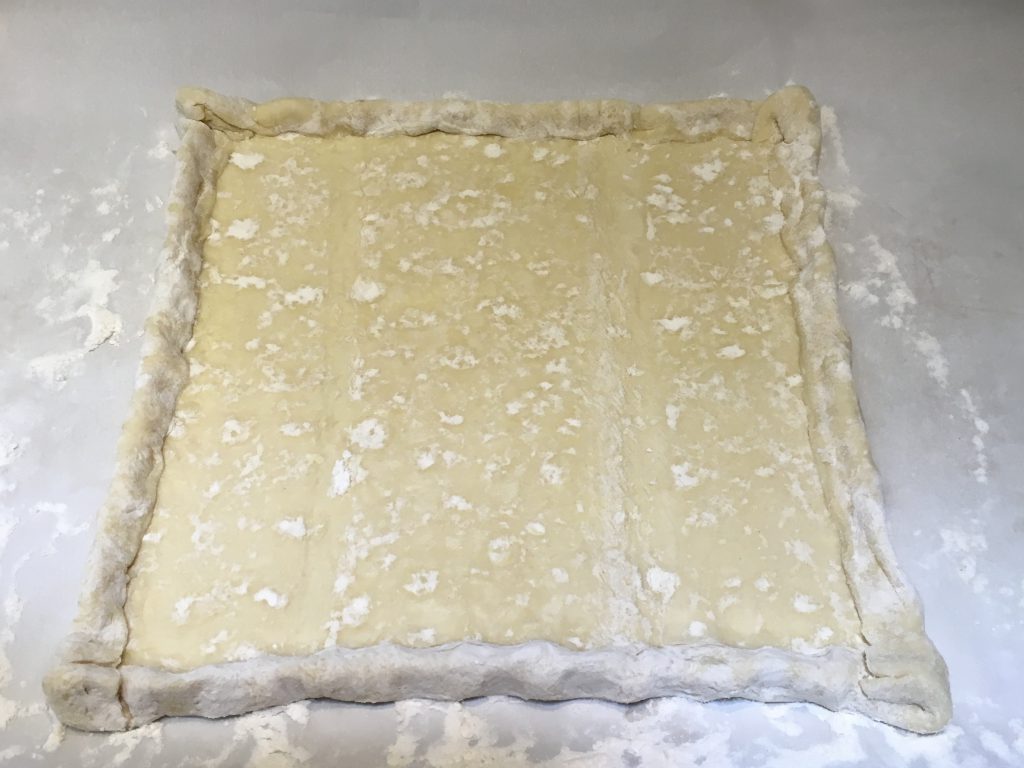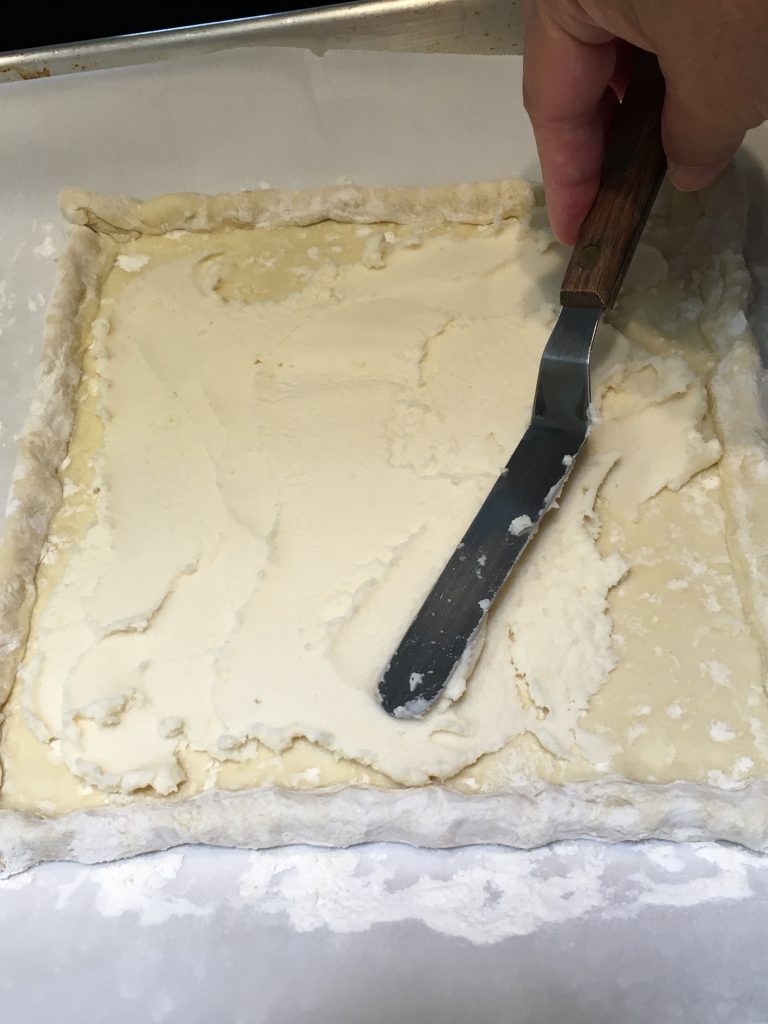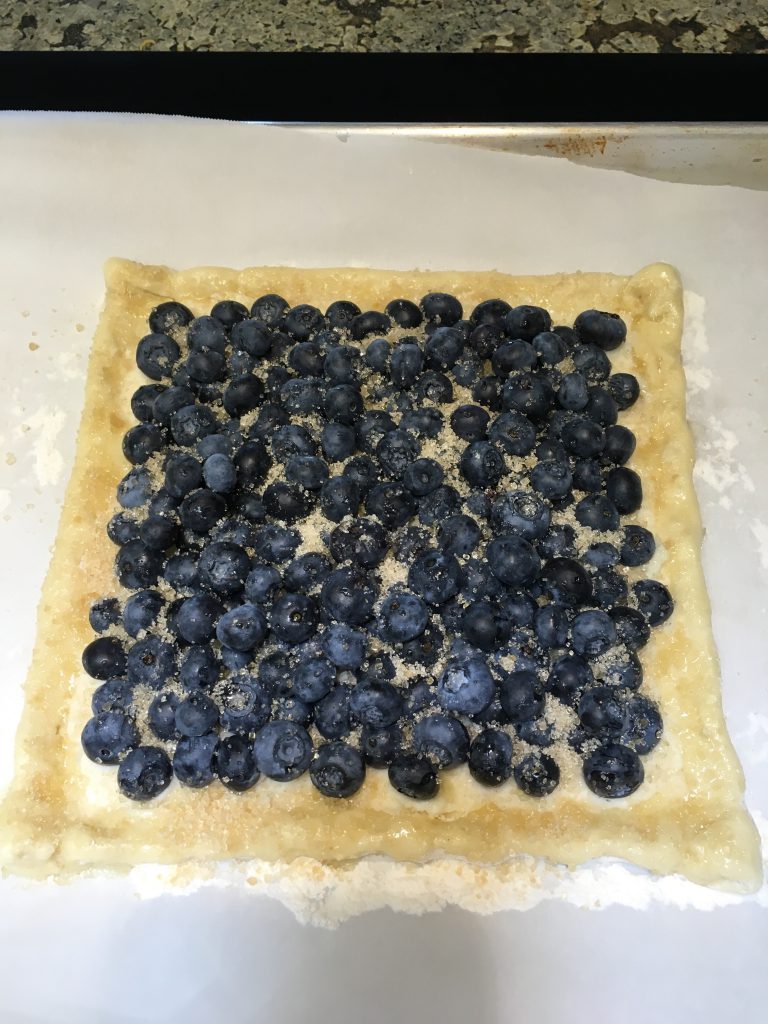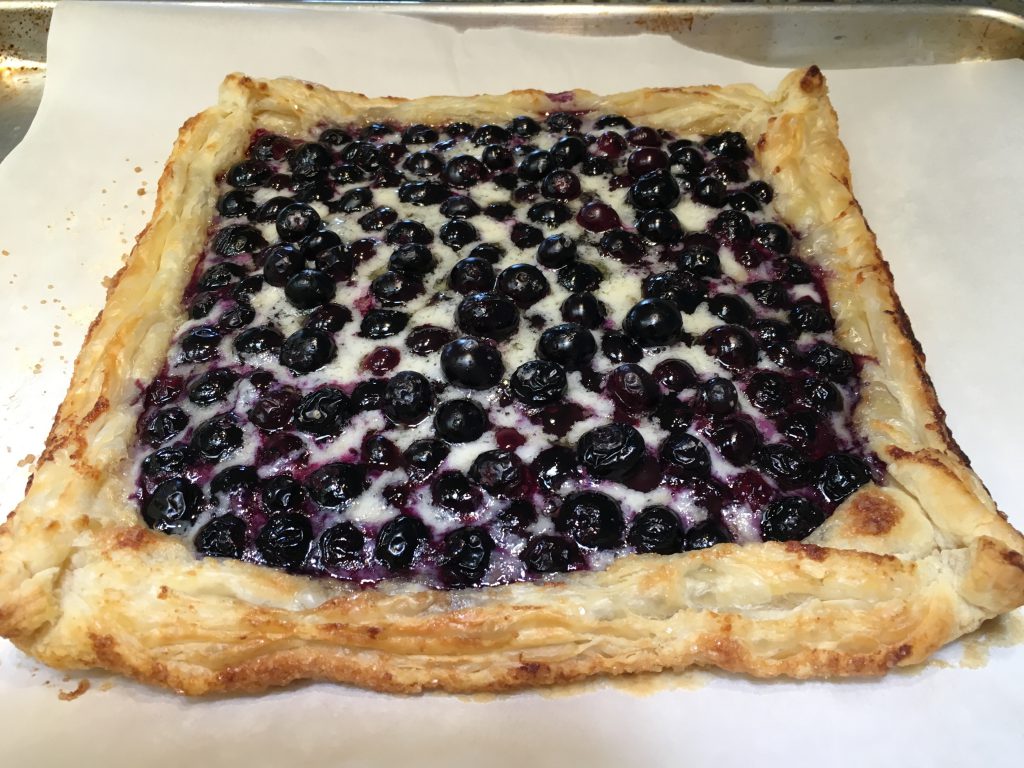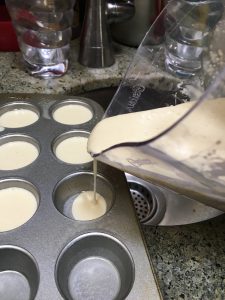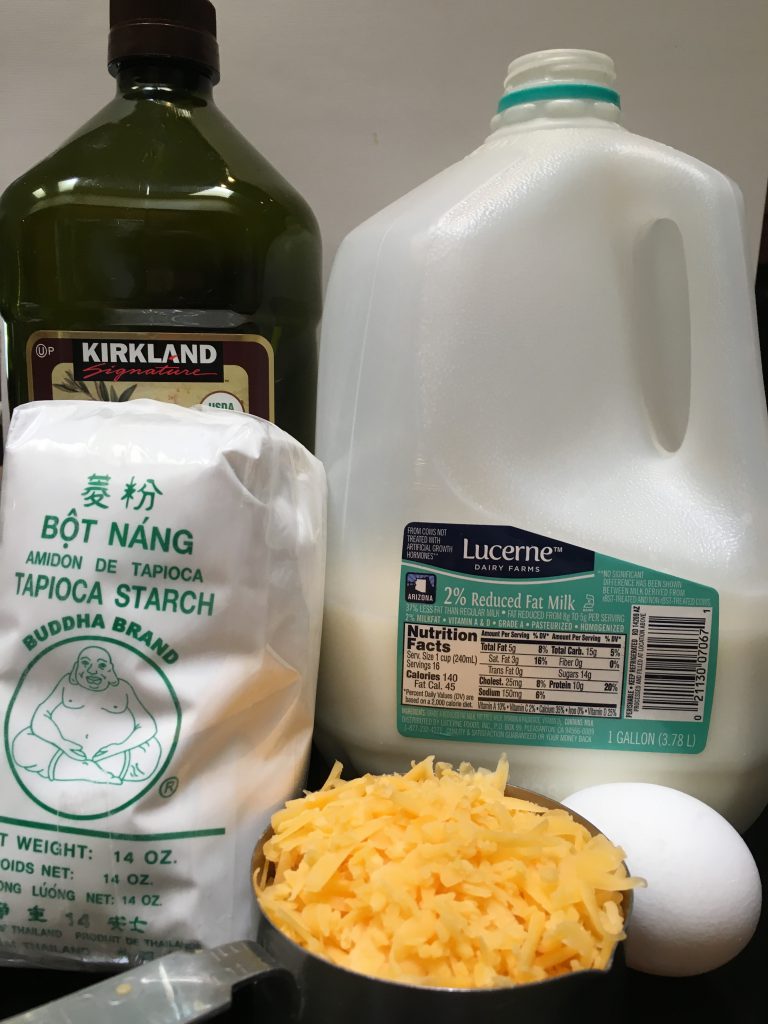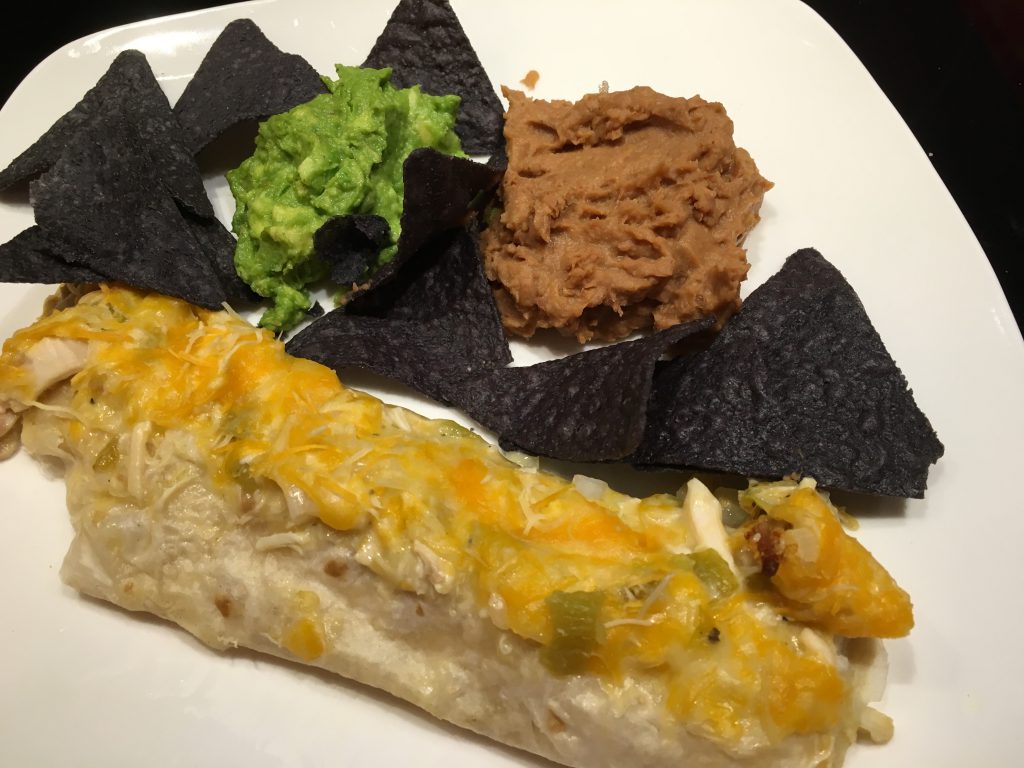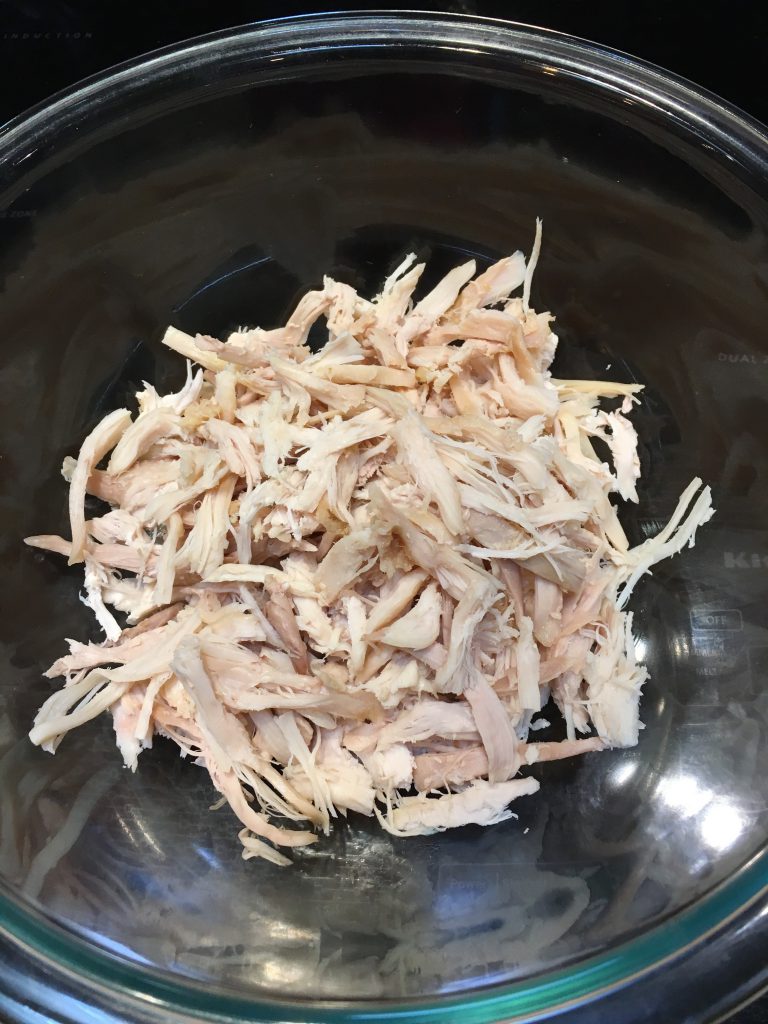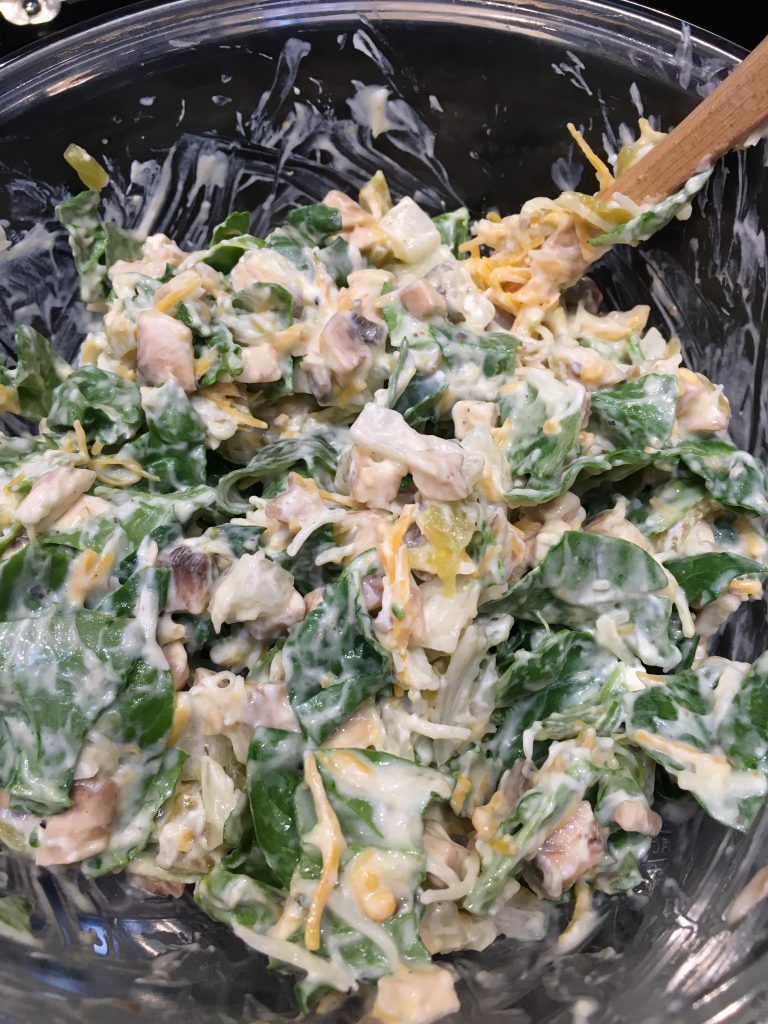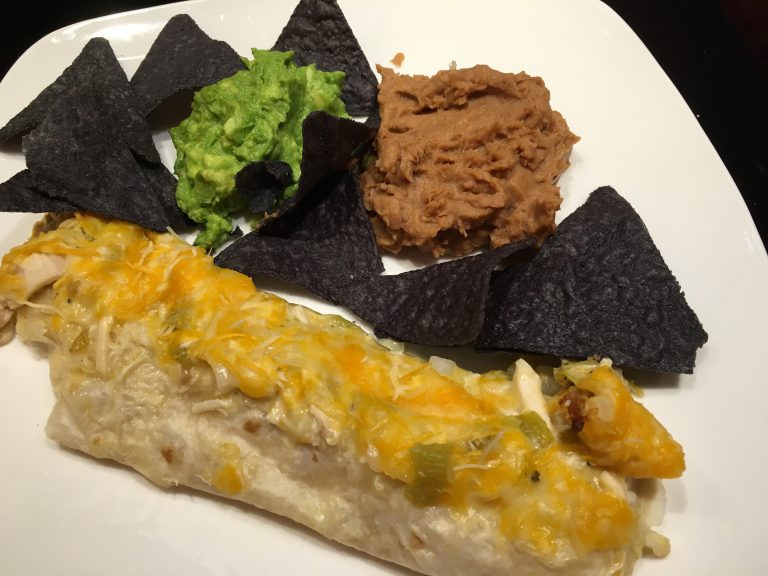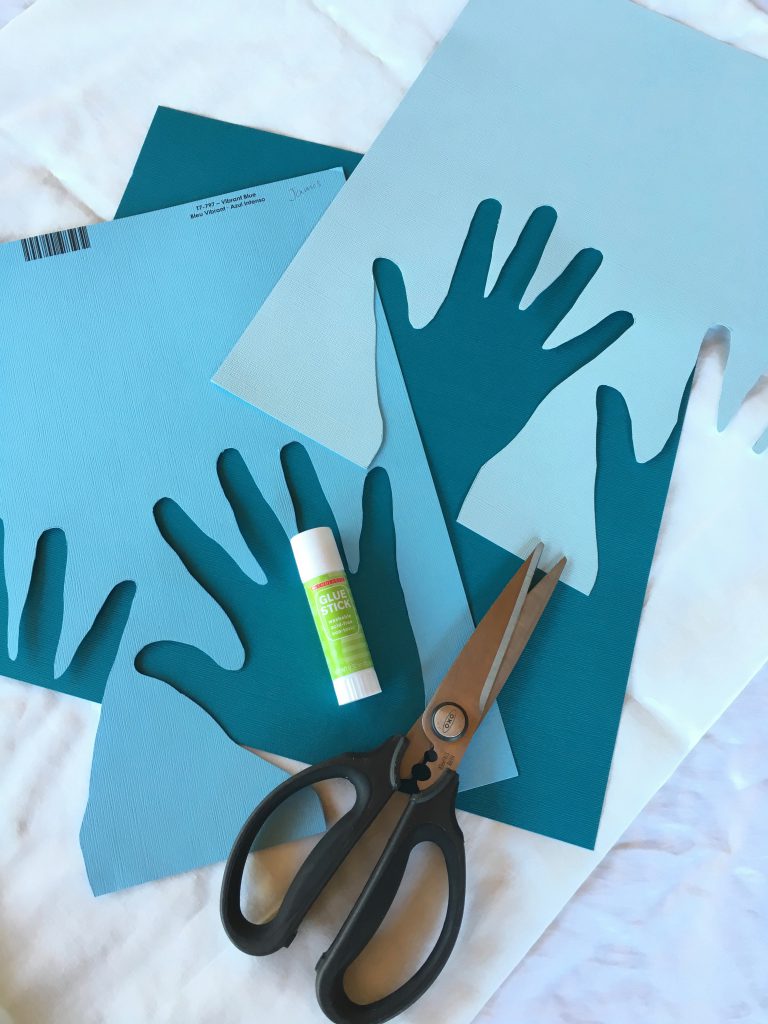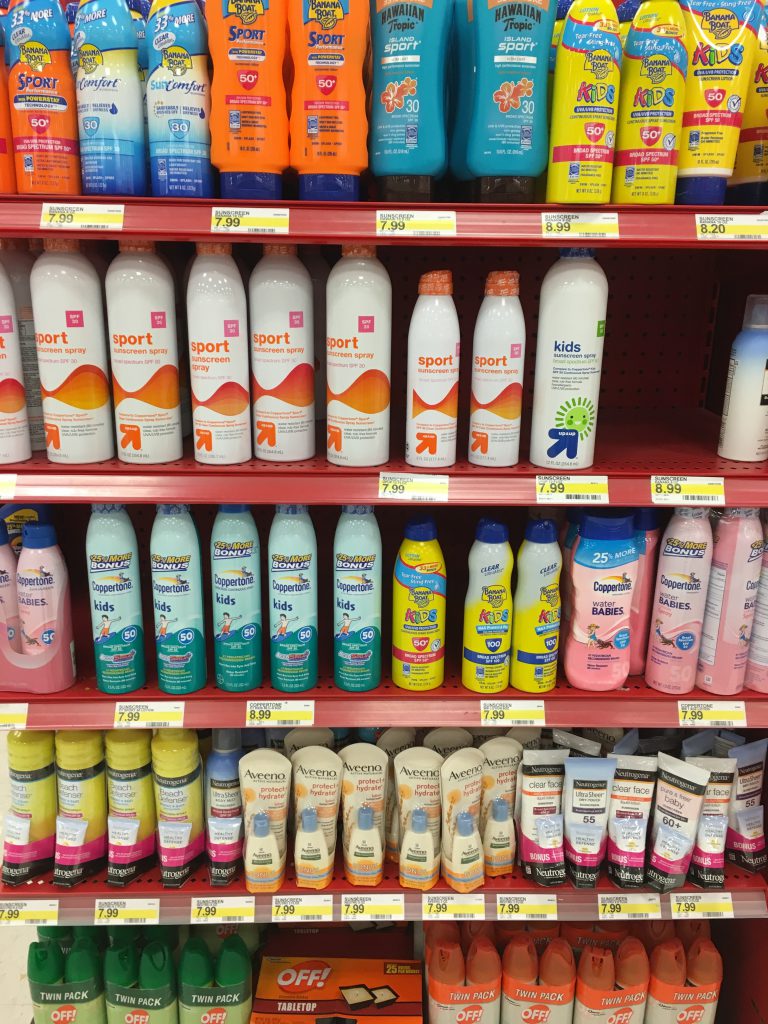
Sunblock galore! How do you know which one to choose?
Summer arrived with a vengeance here in Arizona. Now, in the second half of the summer, there seems to be no relief from the blazing sun. With temperatures well over 100 degrees, the only place the kids want to be is in the pool. But with the brutal temps and the sun so intense that it’s possible to get sunburn walking to your mailbox, we have to be especially careful to be sun-smart and do what we must to protect ourselves.
That means protective clothing and sunblock. Lots of sunblock. Now, I’m not an expert, but after living in Arizona for more than 20 years, I’ve been through lots of trial and error with different sunblocks. I still have a love-hate relationship with SPF-laden substances, but I would rather be safe than sorry, so I use it.
Why I Hate Sunblock and Why You Might, Too
It Doesn’t Feel Good
For me, putting on sunblock has always felt like wrapping myself in plastic and pretending to be comfortable. My skin can’t breathe and I feel as if my very pores are suffocating. I break out in a sheen of perspiration right after I put it on, sweating away any protection minutes after applying it. Perhaps my body chemistry just isn’t suited to most standard sunblocks or perhaps it’s all in my head. For years, I’ve tried to convince myself it was just a psychological thing. Alas, I would go ahead and slather on the uncomfortable, sweaty, saran wrap sunblock.
Then there are the kids. Many of the products out there for children are sticky or pasty, spackle-like substances that are almost impossible to put on a squirmy kid. Or perhaps your kids are like mine and become rag dolls at the sight of sunblock. Those thick creams are really hard to spread on arms that are like limp noodles. They also tend to be white or greasy and most kids hate having to put it on.
It’s Full of Strange Ingredients
Most sunblocks list a long array of active ingredients that may or may not cause more harm than they prevent, and those really high SPFs (50 and above) that come with added chemicals don’t really protect you any better than the SPF 30s do. Things like oxybenzone, which is used in 70% of sunscreens, is a known hormone disrupter and allergen. And additives like Vitamin A, intended to help slow skin aging, have actually been found to speed up the development of skin tumors and lesions. Yikes! (Vitamin A can be identified as retinol, retinyl palmitate & other retinoids with similar names.)
It’s Expensive!
Seriously, who wants to spend up to $20-$25 on a tube of sunblock that doesn’t work for you? I don’t mind paying for a quality product, but I want to know it works. And that it’s safe. And that it won’t sit on my shelf unused because my kids refuse to use it. Sometimes, you just don’t know if it’s right until after you’ve spent the money.
Given these concerns, buying the right sunblock can be a daunting task. From obsessively researching ingredients and reading labels to making sure it’s easy to apply and comfortable to wear, it’s almost enough to make you throw your hands in the air then go to a dark corner and curl up into a ball until winter. But fear not, brave mamas! Read on for some great choices in sun protection that won’t make you crazy.
Sunblock You Won’t Hate
Personal Preference AND Expert Opinions
All of my sunblock recommendations come from years of actual use on myself and my family, including 3 kids and a husband with the extra challenge of thinning hair. These products work really well for us, and all have been held up to the scrutiny of the Environmental Working Group (EWG) Sunscreen Guide.
If you’re not familiar with the EWG, they are a non-profit, non-partisan group dedicated to protecting human health and the environment. And they do a great job of evaluating products for potential health and environmental dangers. Their website includes a score (the lower the better) for each product and explains exactly how they came to that score. Armed with this information, you, the consumer, can make informed decisions about which products suit you and your family best. Feel free to visit their site yourself, but if you feel like you don’t want to do the research, I’ve included their information in each of my recommendations.
Physical vs. Chemical Sunblocks
Basically, sun protection products come in two different categories. Physical blockers contain mineral ingredients that sit on top of the skin and provide a physical barrier to UVA and UVB rays. The common active ingredients in this category are zinc oxide and titanium dioxide. Chemical blockers contain ingredients that absorb into your skin and react with your body chemistry to provide a barrier to sun damage.
The EWG tells us that physical blockers present a lower risk to our health and environment because they are naturally derived (minerals that are already present in the environment) and they do not penetrate into our bodies. On the other hand, chemical blockers, while extremely effective in protecting us from sun damage, DO penetrate through our skin and may have negative health impacts. These may include hormone disruption, development of allergies, and presence in mother’s milk. They also wash off into our oceans, lakes, rivers and local water supplies every time we swim or shower, so it’s important to understand which chemicals are the safest and which have the least impact on our environment.
The seemingly simple task of choosing effective sun protection brings up so many considerations for all you thoughtful consumers. So, let me break it down to some great products for you.
Drum Roll Please … 4 Awesome Sunblock Recommendations
(Affiliate links included for eligible products. This means I may get some compensation if you choose to purchase a product through these links.)
1.KINeSYS Performance Sunscreen Spray, SPF 30 (EWG rating=4)
This unassuming little bottle has become my g0-to favorite sunblock for the family. It IS a chemical sunblock, so if that’s a concern for you, this may not be the best choice for you. But even though I try to avoid the chemicals, I find this one to be a great choice, especially for me and our oldest son. We both have that feels-like-I’m-wrapped-in-plastic syndrome with sunblock. This one allows my skin to breathe and it feels like I’m not wearing sunblock at all.
The EWG rates it a 4, which means it’s a moderate concern for health & environmental factors. Part of the concern is inhalation risk, which will lower the rating for any sunblock that comes in a spray. I’m willing to take that risk for the convenience, comfort and ease of application that the spray provides. I just spray it into my hands then rub it on to minimize the inhalation risk. For my husband, he sprays this directly on his bald spot without worrying about making a sticky, gooey mess in his hair.
This feels a little oily going on, but – surprise – it doesn’t contain any oil. So if you can get past the first few minutes, you won’t feel it on your skin at all once it’s dry. It’s wonderfully light and breathable, it doesn’t leave any residue on your skin, and it’s incredibly long-lasting and effective.
I feel comfortable using this for many outdoor activities, including swimming, exercise or just being outside. It hasn’t bothered my sensitive skin, and it won’t dry your skin like so many other products.
Pros: Easy to apply, feels great, non-greasy, breathable, long-lasting, good protection
Cons: Chemical sunblock, moderate health risk, feels oily going on
2. Mineral Fusion Brush-On Sun Defense, SPF 30 (EWG rating=no rating this year)
My kid’s favorite sunblock comes in this handy brush-on format. While the EWG does not have a rating on this particular product, other sun products from Mineral Fusion rate a 1-2. This means the ingredients they use pose minimal risk to human health or the environment. As its name indicates, this physical blocker uses minerals to protect you against the sun’s damaging rays. Its easy-to-apply formula gets no complaints from my little guy, who’s been using this since he started pre-school at age 3.
It takes only seconds to put this sunblock on, and while inhalation is a risk, you can play a little game in those seconds. See if your kid can hold his breath while you brush it on his face. If you have girls in your life, it’s just like putting on make-up, and they love it! This goes on my son every day before school, and it provides all day protection from our intense Arizona sun.
This powder sunblock works great for a day at the playground or out at the zoo. It does “stick” to the skin without feeling sticky, so you know it’s there. I’ve used it on myself in a pinch if I find myself outside unexpectedly. It’s small enough to tuck into your purse, so you can have it with you wherever you go. I haven’t felt confident enough to use it for the kind of swimming my kids do, but you can use it in the water just as you would any other sunblock. If you try it in the water, let me know how it works!
Pros: Easy to apply, kids don’t complain about putting it on, full coverage in seconds, light and as easy to wear as powder make-up
Cons: Inhalation risk (hold your breath!), doesn’t always go on evenly, so you may have some cakey spots to rub in
Bonus: Being frugal, I love that I can refill this applicator. Unfortunately, I haven’t been able to find a refill package of the Mineral Fusion Brush-On sunblock. So, I’ve started buying the Brush on Block refill and putting it into my Mineral Fusion applicator. It works great and saves me a little money in the long run!
3. Goddess Garden Kids Natural Sunscreen (EWG ratings=1-3)
Really, any of the Goddess Garden products rank high, but this one lives in my kids’ backpacks for a simple reason. It’s super easy for them to put on by themselves. The sport spray comes out of the can sort of like a thin stream of silly string. My son thinks this is super fun, so he makes designs with it then rubs it in. The smooth, creamy formula feels substantial but not heavy. And it definitely does NOT resemble paste or spackle. The lotion from the tube comes out a bit thicker, but it’s still easy to rub in.
On days when my kids need to put on their sunblock themselves (i.e., at summer camp or on school swim days), Goddess Garden beats all others for being easy for them to apply with no mess. AND it’s safe for their bodies and the environment. While other sprays might be slightly easier, especially on hard-to-reach backs, they don’t come close in terms of safety.
While Goddess Garden has different “formulas” from Kids to Sport to Adult versions, the company offers this description
The ingredients are exactly the same on our Kids and Adult sunscreen. We’ve found that kids are more likely to use something “just for them”, so we made packaging reflect that.
The sport version does offer additional water resistance. So if you’re going to be sweating a lot or in the water, you might want to consider this product over the everyday. Otherwise, there’s virtually no difference.
Pros: Super safe ingredients, easy to apply, long lasting, great protection
Cons: A little goopy, minimal inhalation risk with the spray-on kind
4. Badger Sunscreens (EWG ratings=1-2)
With EWG ratings of 1 on almost all their products, Badger sunblock ranks as one of my overall best buys. With formulations from Baby to Sport to Everyday, Badger covers the full range of needs for your family. And their face stick provides great protection without stinging your eyes if you sweat or spend a lot of time in the water.
Badger went everywhere with me when my kids were little, and they never burned, even on the longest beach days. If you’re there to rub it in, these are fabulous. But because they’re a little thicker than others, it’s a little harder to get them on consistently, especially on small bodies.
Pros: Super safe, lots of choices, excellent face stick, feels good once it’s absorbed
Cons: Harder to apply the thicker formulas, can feel heavy or sticky to some
So, there you have it. My personally-tested, no-fuss, no-hate guide to sunblock. I know how hard it can be to find products with that magic combination of safety and effectively. All these sunblocks also give you great bang for your buck, so I don’t mind paying a little more than your what you’ll find at your average drugstore.
I hope this guide helps make choosing the right sunblock a little easier. Let me know if you try any of these. I’d love to know what you think!
Read More
